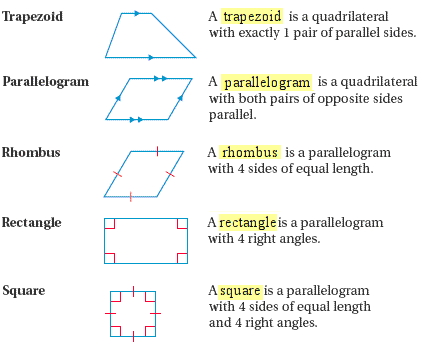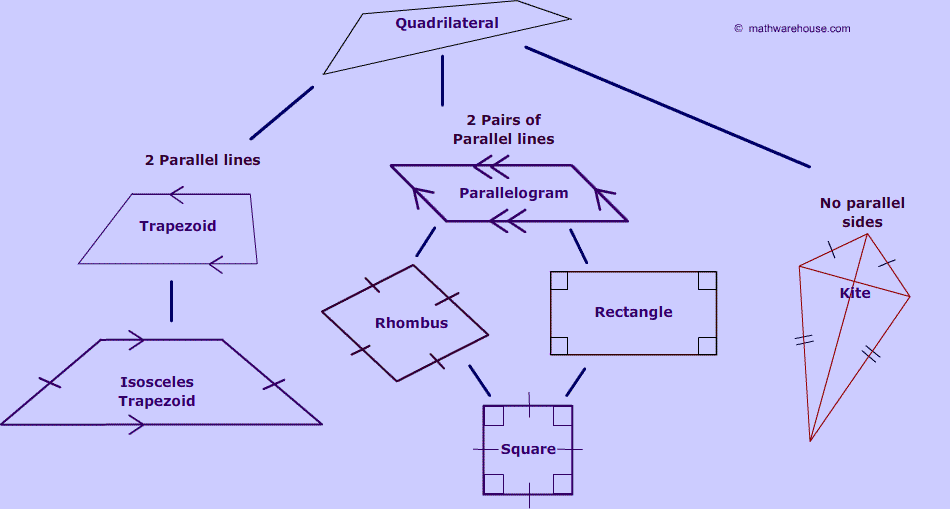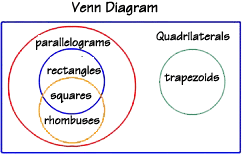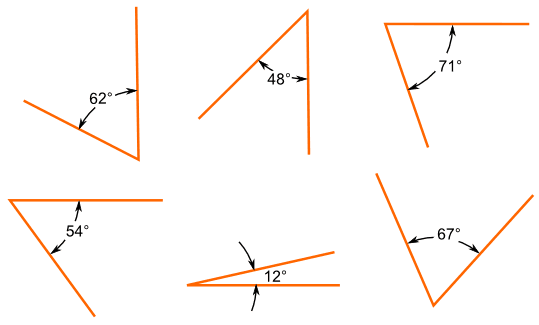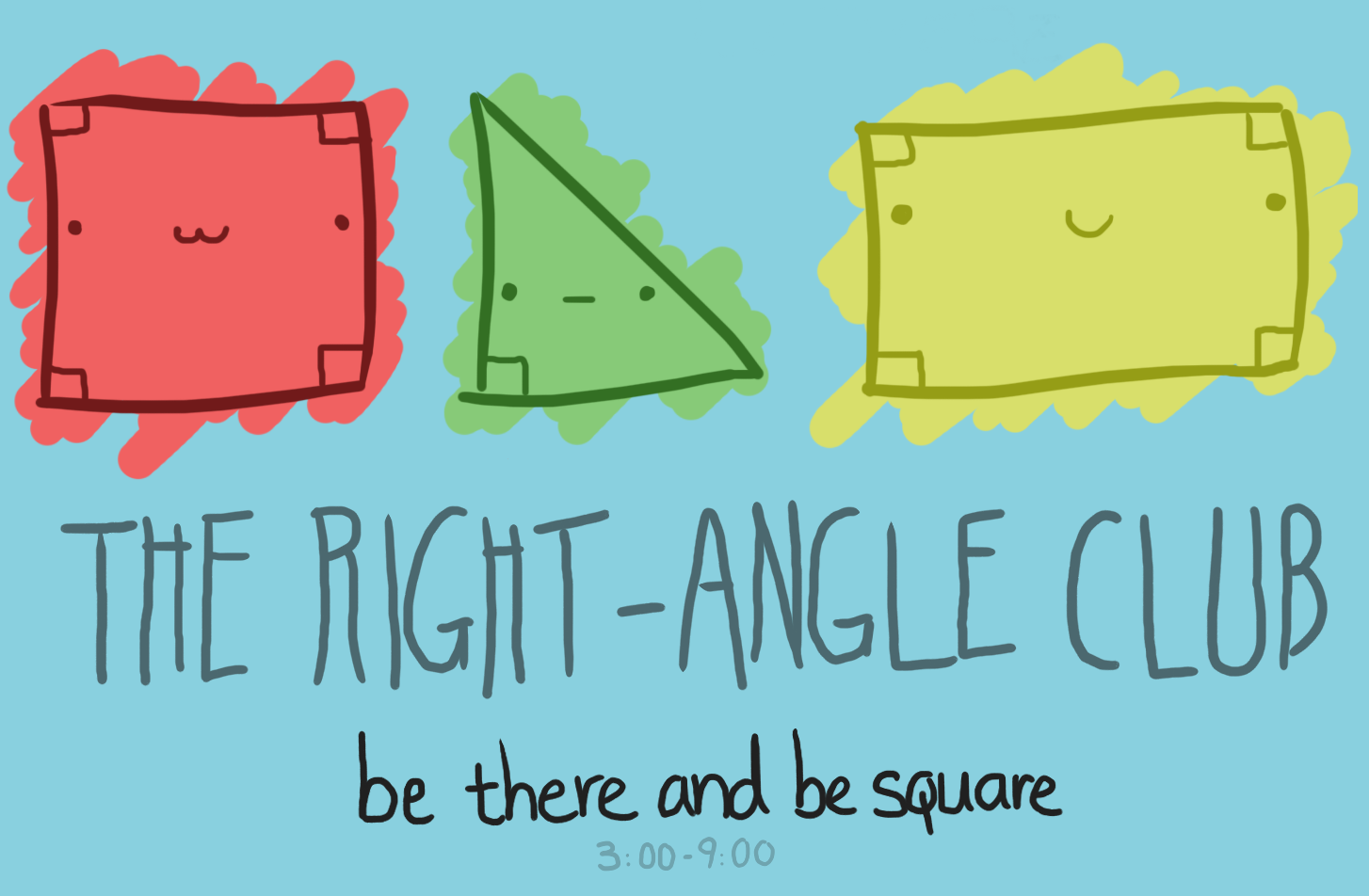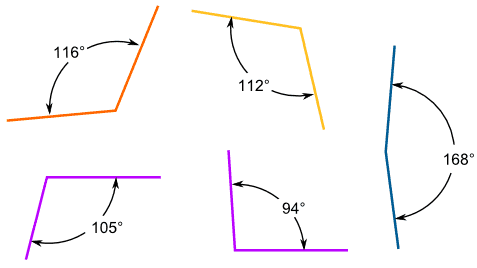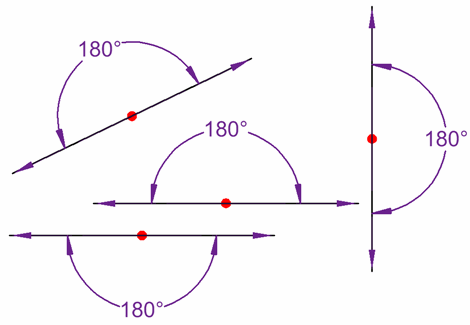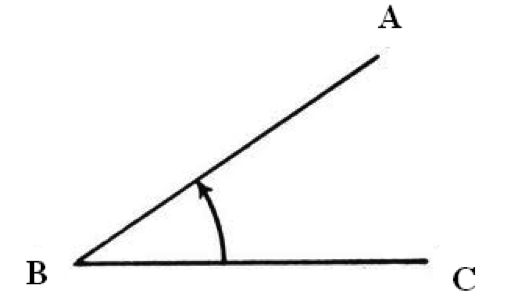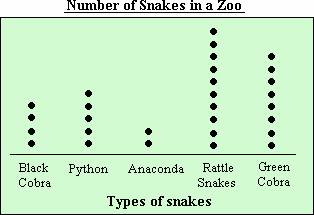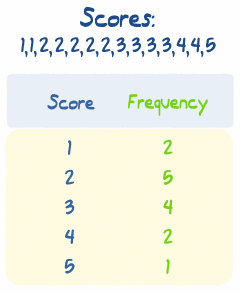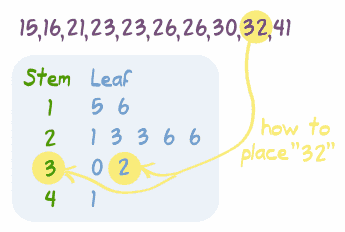

Here is a website that will walk you through the steps if you need a refresher:
Kiddos will also need to be able to determine the degree without having a ray line up with the zero line. To do this, you need to skip count from one ray to the other to see the rotation degree. You can also subtract the degrees of the rays from each other (165-40=125 degrees or 140-15=125 degrees). When you are subtracting the degrees you need to be sure to use both outside numbers on the protractor or both inside numbers on the protractor. The angle below would measure at about 125 degrees.
They will also need to be able to draw an angle using a protractor.

Finding the missing angle is also a concept we have worked on. Angle COA is a straight angle and therefore measures 180 degrees. We know that angle BOA measures 44 degrees. We can subtract the known angle from the large angle to determine the missing angle (180 - 44 = 136). Angle COB would measure 136 degrees.
The angles below create a complete circle which measures 360 degrees. To find the missing measure, we need to add the given degrees (25 + 90 + 105 = 220) and subtract it from our total (360-220 = 140). This gives us the missing measure of 140 degrees.
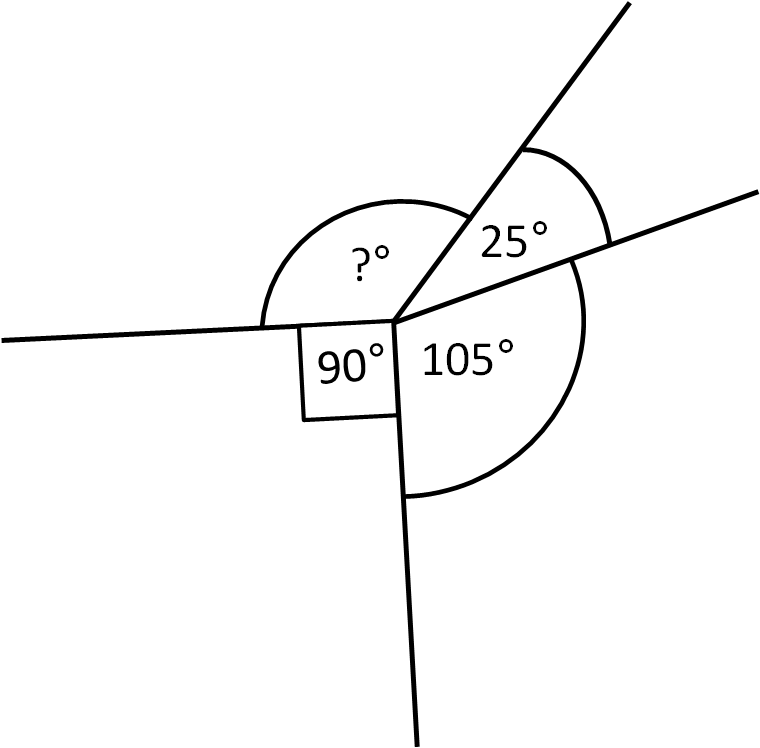
Here are some games where kiddos can practice using a protractor:
Please let me know if you have any questions!

